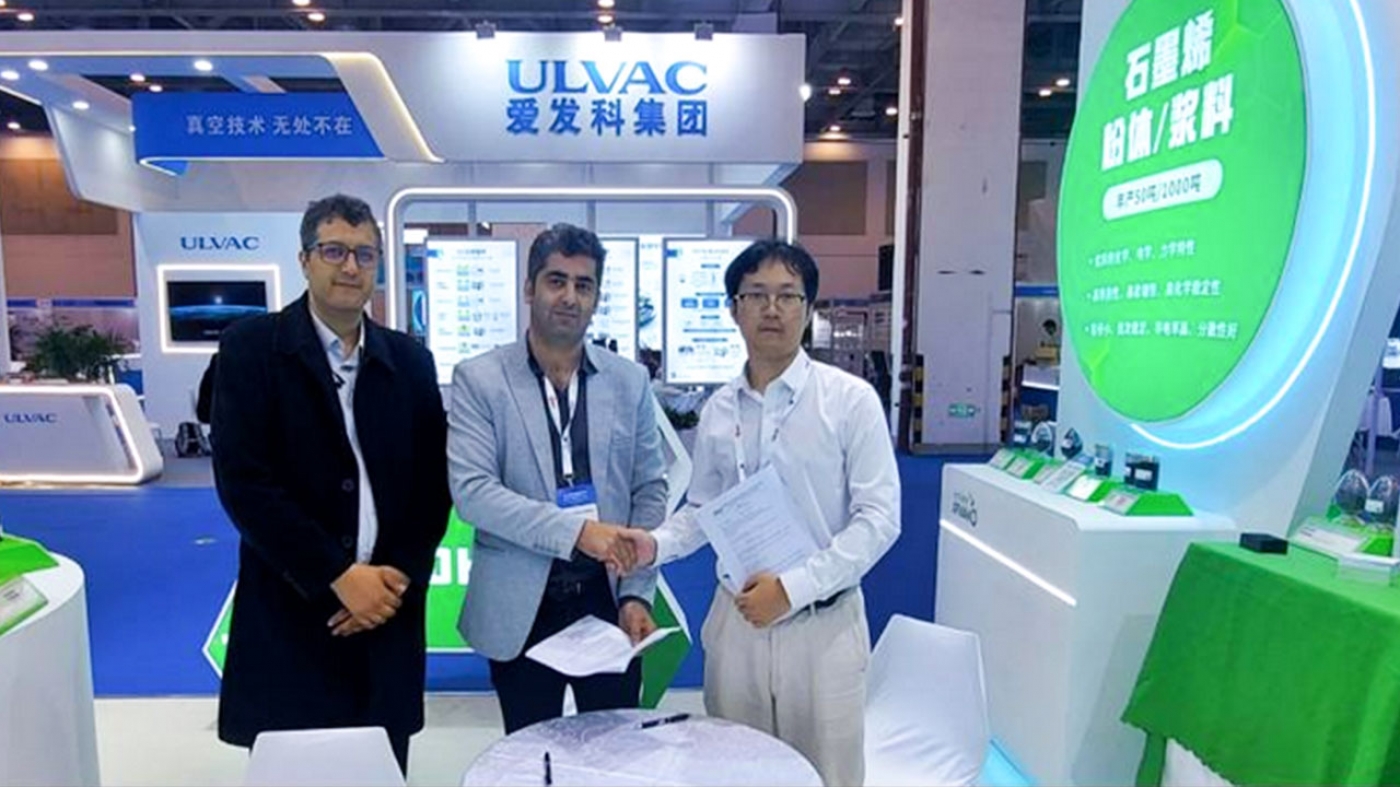
The grid is being required to carry loads it was never designed to handle. One potential solution is deployment of radically improved conductors based on carbon nanotubes. But to achieve this, carbon nanotube prices need to come down and the manufacturing precision needs to be driven up.
The world is reaching an energy crisis. Higher energy consumption, particularly electricity, is a direct marker of a nation’s development level and as the world population grows, more people will require electricity to meet their increased living standards. With a projected rise in global population from 6.5 billion in 2004 to over 9 billion in 2050, there will be a need for a 100-400% increase from existing energy production.
Producing enough energy is less of a problem than expected; distributing it becomes a more critical issue. Copper and aluminium cables are reaching peak efficiency since power is lost during transmission due to heating effects from intrinsic electrical resistance within the cables, over 10% in the case of the UK, for example.
Grid at a crossroads
Electrical conductivity in materials is a phenomenon well-understood by the energy sector. Metals, semiconductors, and electrolytes—each play a pivotal role in the conduction of electricity. Metals, with their loosely bound electrons, stand as the backbone of our current electrical infrastructure. Yet, as demand skyrockets and the push towards renewable energy strengthens, we find our grid at a crossroads. The conduits that have served us for decades are being asked to carry a load they were never designed to handle.
At the heart of the grid’s issues lies its ageing infrastructure. Conventional aluminium conductor steel reinforced (ACSR) cables, the grid’s mainstay, are reaching their limits. These lines, heavy and burdened by their steel support, limit the volume of electricity that can be transmitted. Innovations like composite materials for conductor cores promise a remedy by allowing more aluminium, thus more capacity, without requiring new permits. But using that material will cause more of the same problems we suffer now.
Electricity transmission is a surface phenomenon, and this can be leveraged by increasing the cable surface area to improve electrical load. However, this approach makes cables thicker and heavier. It initially increases the current rating, but under continued electrical load, they heat up due to intrinsic electrical resistance and then undergo thermal expansion. The cables sag from expansion, confounded by their density and weight. The metal stretches thinner, constricting the surface area around the circumference, leading to increased resistance. Higher electrical loads compensate for the added resistance, thus causing further resistive heating. The problem can continue until there is a brownout or blackout event. All the while, electrical power is emitted as wasted thermal radiation to the atmosphere. Cables can’t be placed underground unless actively cooled at an additional energy cost to install and maintain.
Vastly improved cable needed
The key technical component of a highly efficient power grid is a vastly improved power cable (a ‘quantum’ conductor) with which to rewire the electrical transmission grid, to enable continental and even worldwide electrical energy transport. Carbon nanotubes (an allotrope of carbon) are hollow nanoscale tubes consisting of carbon atoms. A carbon wire employing carbon nanotubes offers the potential keystone technology to enable these low-loss transmission cables. One particular “armchair” structural type of SWCNT (Single Wall Carbon Nano Tube), for example, has 1/6th the weight of copper and can conduct electricity at room temperature with near-zero power loss over great distances due to ballistic electron transport along the nanotube axis. Carbon cables of this nature are superior to copper wire when normalised according to the mass density. However, the fundamental bottleneck in this approach is the length of each SWCNT. Longer SWCNTs reduce the number of tube–tube junctions, lowering junction resistance along the cable.
The aspect ratio (length-to-diameter) is the most important factor currently controlling strength and electrical conductivity. Large aspect ratios, of the order of “30k” or greater, are required. This correlates to SWCNTs with small diameters (1-2 nm) and ultralong length scales (1-50 cm); the future is transmission cables made from ultralong single-walled carbon nanotubes.
When encountered in the real world, you can tell there is something unique about nanotubes; they are the world’s blackest material and looking inside a nanotube-filled container seems akin to experiencing the event horizon of a black hole. No light escapes because they can absorb up to 99.995% of all incoming light, the blackness seems infinite, and pictures don’t do it justice.
But when we zoom in, some clarity appears; at a magnification of 3000x, the nanotubes appear as long strands, often wavy, but they can also be made to align, which is key to making long-range power transmission as effective as possible.
On an individual scale, seen at a magnification of 630 000x using a transmission electron microscope, one can see the concentric walls that make up the multi-walled tube. We foresee these intrinsic directional materials being fashioned into global electron highways.
At the molecular level, nanotubes are wire shaped and they are also intrinsically large-surface-area materials, which is conducive to electricity transmission, as mentioned previously. And because they are six times less dense than metals, one can imagine six times more wire on an existing pylon structure; just by virtue of their mass alone, their use could increase transmission throughput without a full retrofit of assets being required.
Established applications
Carbon nanotubes have been used since antiquity; they have been found to have been employed in pottery from the 6th Century, for example, possibly due to their blackness. Also, they are a critical ingredient of 17th Century Damascus steel, with the nanotube’s high tensile strength and lightweight nature resulting in swords that were stronger as well as lighter.
More recently, they can be found in a wide range of proven applications and deployed in a variety of industries.
They are, for example, incorporated as composite materials for use in commercial aircraft[8], achieving weight reductions of around 17% and leading to fuel savings and emissions reduction
Carbon nanotubes are highly efficient electron emitters and, having small dimensions, have been employed to create miniature X-ray devices that fit within a matchbox but are capable of imaging hominid body parts and they have been used in biological applications to treat cancer.
They are employed routinely in a number of car models; their conductivity helps prevent static shock in places such as door handles and within safety-critical components such as fuel tanks.
Price and precision challenge
The carbon nanotube materials currently on the market are nowhere near as pristine as those created in a research laboratory, and present suppliers produce on a tonne scale, so they have a one-size-fits-all agenda. But to be employed in paradigm-shifting applications, attention will need to be paid to the scale and prices needed to meet industrial requirements; we call this the “price and precision challenge.” Enter TrimTabs.
TrimTabs is a deep-tech engineering company founded by the desire to solve the two key issues with this new material: price and precision. Carbon nano tubes are presently too costly and not made fit for purpose; they are often made at an industrial scale with a one-size-fits-all approach, as already noted. At TrimTabs, we developed a modular approach to manufacturing that can have multiple single trains of production, each making bespoke products for unique customer requirements. The company was founded in 2019 and has grown the technology out of the lab space to proven TRL 6 with 50 g/h production. Over the next two years, we will focus on process refinement to scale the production of market-ready materials, with constant customer interaction.
Engineering company Engsolve has recently been appointed to build and install a first production train – described as a Minimum Viable Product (“MVP”) system – in TrimTabs’ facility in Bridgend, Wales, UK, for the production of carbon nanotubes from hydrocarbons such as waste plastic. The process is designed to operate on a fully circular economy basis.
The new state of the art production train, expected to be fully commissioned during Q2 this year, is the first step in commercialising TrimTabs’ patented production system and will allow continuous manufacture of low-cost, highly differentiated carbon nanotubes at close to commercial scale. It is expected to move the technology from TRL 6 to TRL 9.
Operation of the MVP unit will lead towards the construction and implementation of what we call the First Commercial Model (FCM), a modular micro-factory unit placed within two shipping containers, deployable around the world.
Transmission material of the future
In the long run, we see carbon as the transmission material of the future, and to accomplish this we must bring the price down and drive the precision up. In a nutshell, to make the best long range quantum transmission conductor, you have to start with the best nanotube material. As we sharpen our skills towards this end we are constantly working with commercial partners to make bespoke materials to improve their offering to their customers, and all the while we are constantly improving our skillset and capability. Our focus is on making ultralong carbon nanotubes so that future transmission cables do not suffer the same losses as they do today. We are also focused on a green production process to carbonise the grid.




